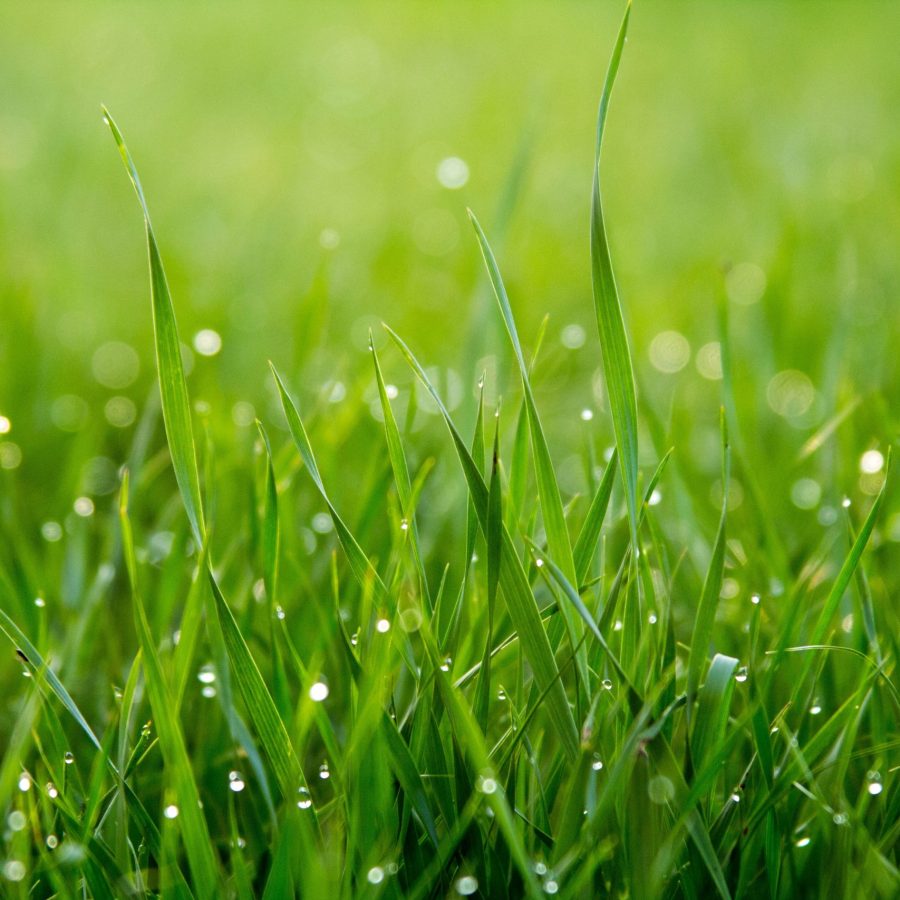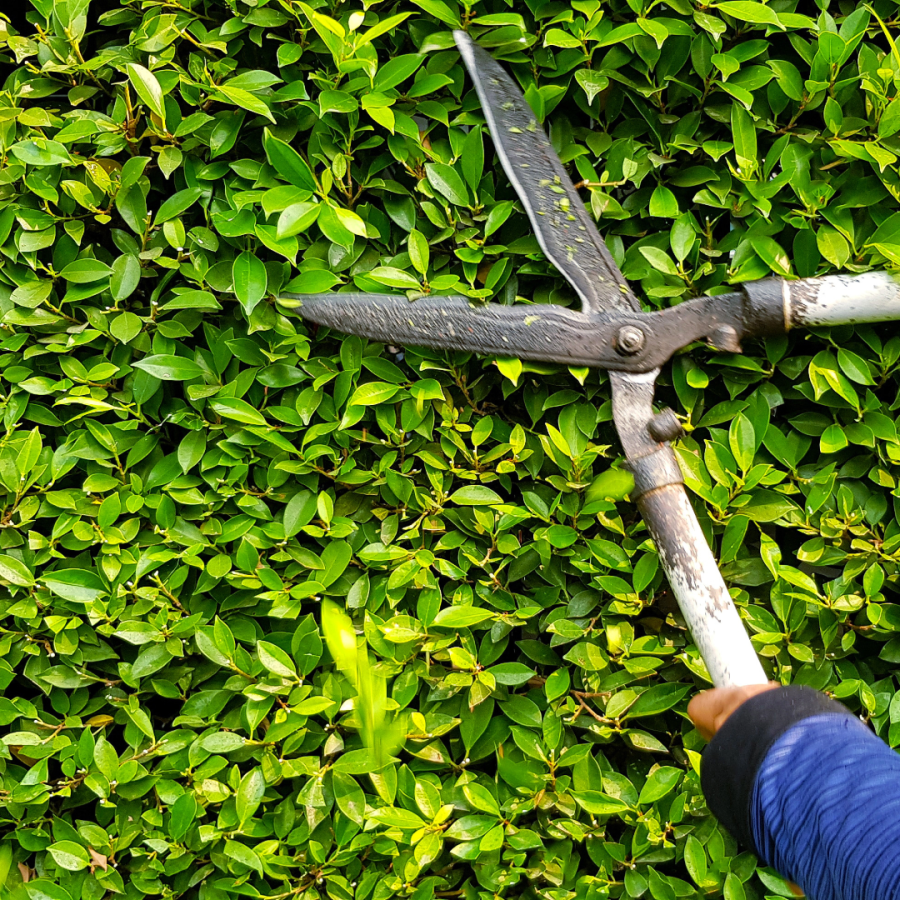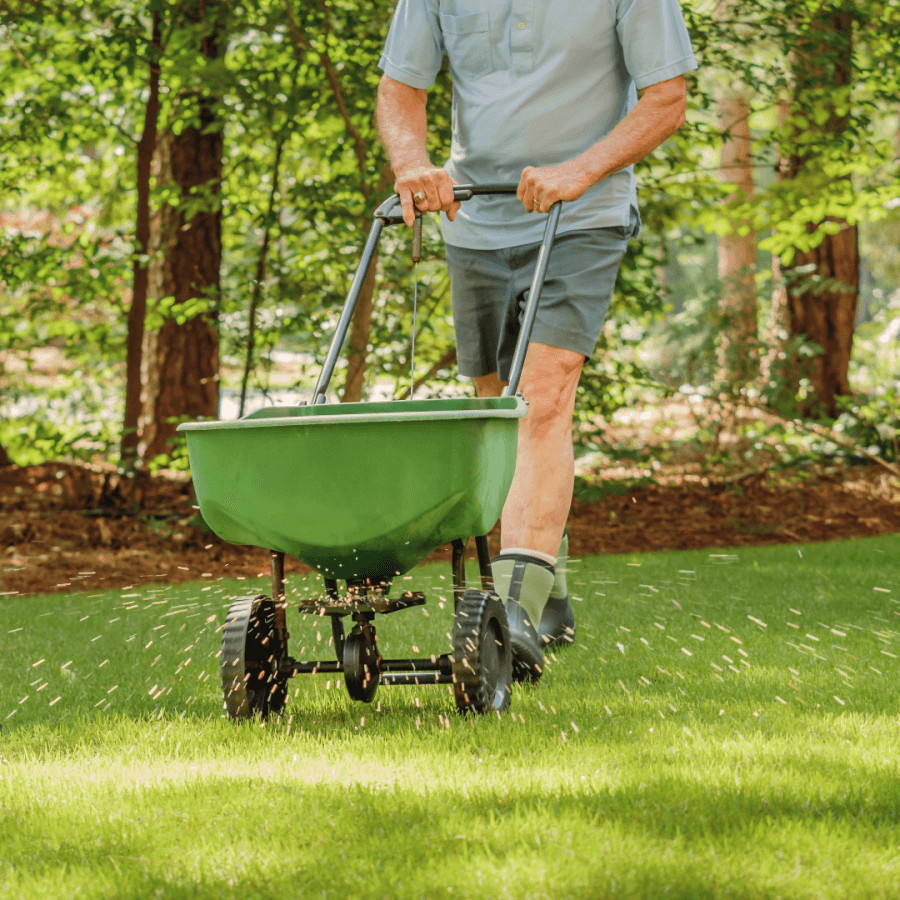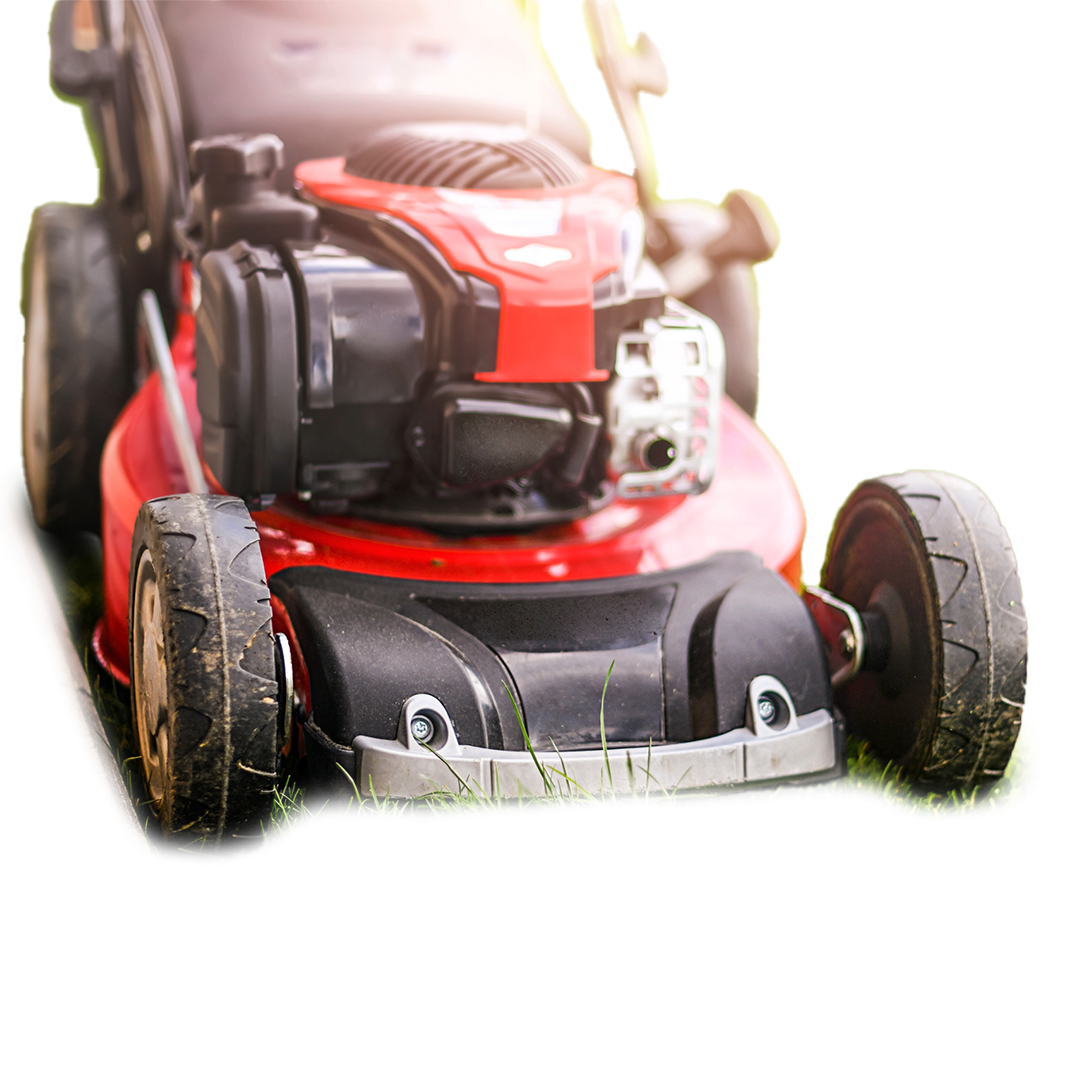The Most Common Mistakes Homeowners Make When Caring for Their Lawns
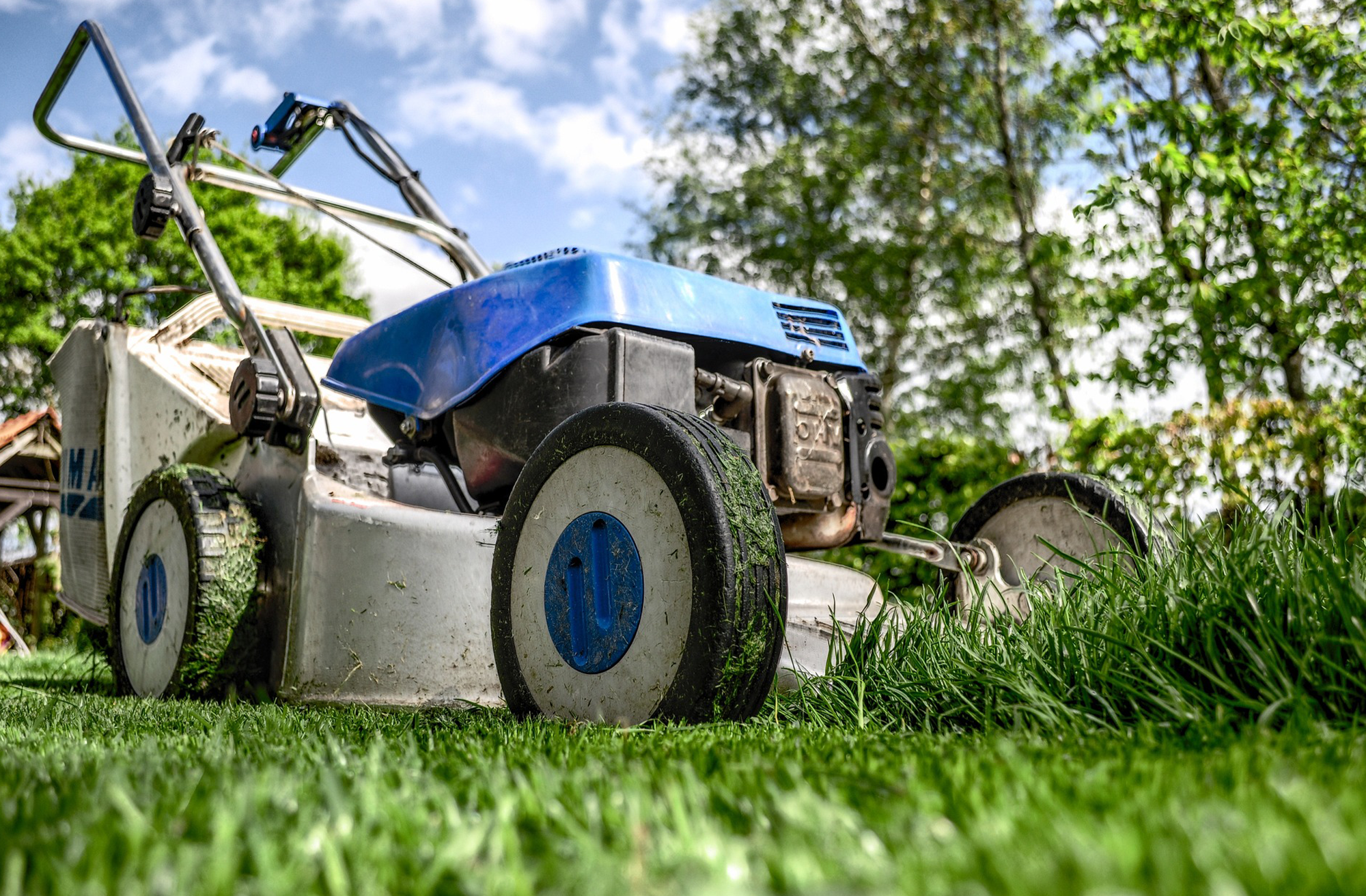
In this guide, we’ll cover some common mistakes that homeowners make when caring for their lawns. Whether you’re new to the game or just want to brush up on your knowledge, this will be an essential read!
- Lawn care is a broad term that encompasses everything from mowing the grass to fertilizing and watering it. In fact, there are several steps involved in maintaining a healthy lawn:
Mowing: This refers to cutting off the top of the grass with a sharpened blade called a “mower” (or “mower”). You’ll want to do this regularly so as not to let them build up into clumps of dead material which can cause problems later on down the line (like weeds). If done correctly and often enough, mowing will keep your grass looking neat while preventing it from getting too tall or thick over time–which could lead to not only an unmaintained-looking lawn but also unhealthy conditions like fungus growths.
Mowing Too Short
You may be tempted to cut your grass short to be able to mow less frequently, but the practice actually does more harm than good. When you mow too short, you’re stunting the growth of your lawn by cutting off its food supply and reducing its ability to absorb water. This makes it more vulnerable to damage from the sun and heat, as well as disease and insect damage that can lead to brown spots on the lawn (which are unsightly) as well as increased weed growth (which is not only unsightly but also harmful).
Watering Too Much
Watering too much is a common mistake homeowners make when caring for their lawns. Watering too much can lead to an increased risk of fungal diseases, soil compaction and nutrient leaching.
To avoid these problems, follow these tips:
- Water only when necessary. When it rains or the grass gets enough natural moisture from dew or fog, you don’t need to water your lawn at all!
- Check the soil with a trowel before watering so that you know how wet it already is inside; this will help prevent overwatering which causes root rot in some plants such as hydrangeas.
Fertilizing Too Often
Fertilizing too often is one of the most common mistakes homeowners make when caring for their lawns. Fertilizing too often can burn your grass and overload soil with nutrients, which can cause pollution in waterways.
The best time to fertilize your lawn is late spring or early summer when it’s actively growing. Fall is also another great time to fertilize with a fall fertilizer before the winter months.
Not Aerating
Aerating is a simple process that can have a huge impact on your lawn. It involves removing plugs of soil from the ground, which helps to loosen compacted soil and improve drainage. Aerating also allows water to penetrate deeper into the ground, where it’s needed most by roots.
Not aerating can lead to poor root growth, which makes it difficult for grasses and other plants in your yard (including trees) to absorb nutrients from fertilizer or nutrients in rainwater runoff–and this leads directly back again into an unhealthy lawn!
Not Reseeding
While it may be tempting to simply rake up the dead grass and replace it with new seed, this can actually cause more problems than it solves.
If you don’t have a thick layer of healthy soil beneath your lawn, then you’re likely going to end up with thin or patchy grass that will result in increased weed growth and soil erosion. When planting new grass seed, make sure you have a nice, fresh layer of nutrient-filled soil for the new grass seed to grow in. This will help the grass to grow in healthier, quicker and with deeper roots.
Not Over-Seeding
Seeding is the process of spreading grass seed over your lawn. This can be done at any time of year, but it’s most popular in late fall and early spring when temperatures are cooler and there’s less chance for rain or snow to wash away your efforts.
Seeding is often recommended when you’re trying to revitalize an area that has been damaged by pests or diseases, such as grubs or fungus; however, if you’re just looking to improve the health of your existing lawn then over-seeding may not be necessary.
Not Removing Thatch
If your lawn is covered in thatch, it’s time to remove it. Thatch is a layer of dead plant material that builds up between the soil and grass blades. It can be caused by compaction, water runoff and increased risk of disease. If left untreated, thick layers of thatch can cause problems such as:
- Compacted soil
- Water runoff (which leads to erosion)
- Increased risk of disease
- Suffocating grass from receiving water and sunlight
Not Pruning Trees and Shrubs
Pruning trees and shrubs is one of the most important things you can do for your lawn and garden. It not only helps to maintain a good appearance but also promotes healthy plants. When a tree or shrub becomes too large for its space, it can shade out other plants in the area and block airflow to them. This will cause those plants to die off as well as create an environment that attracts pests that can affect surrounding turf or plants.
Conclusion
The lawn is an important part of your home. If you want to keep your lawn looking good, you need to make sure that it gets proper care every year!

